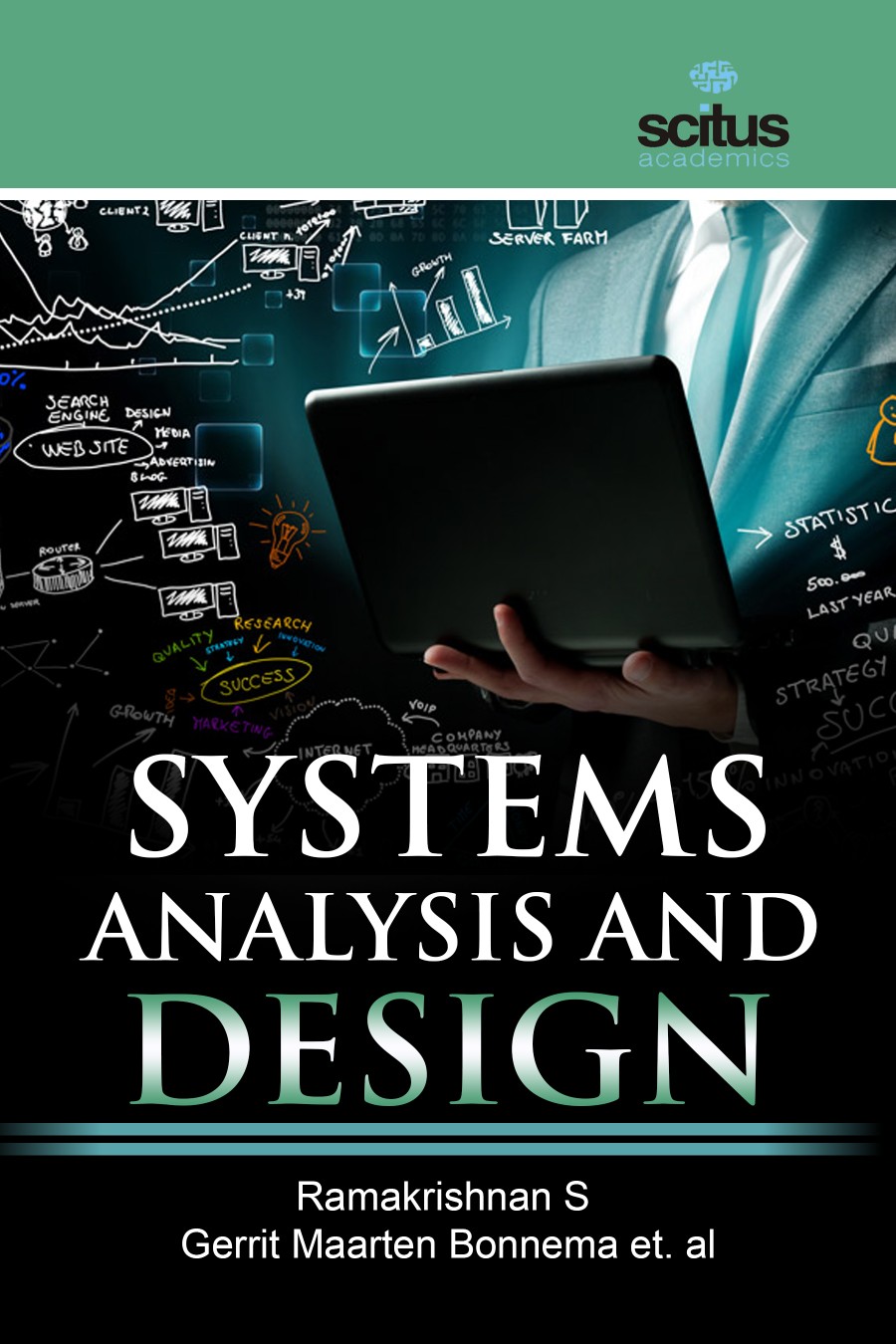Information systems analysis refers to a number of activities in the early stages of information systems development. Systems analysis and design are basic topics in the IS curriculum, and a large number of IS graduates become information systems analysts. However, research in the IS field pays relatively little attention to systems analysis and design (SAD). Systems engineering processes have been increasingly adopted and implemented by enterprise environments to face this increased complexity. The purpose is to pursue time and cost reduction by a parallelization of processes and activities, while at the same time maintaining high-quality standards. The SAD technique is not only limited to IT systems and can be used to create just about anything, from a family house to the international space station. But there is no silver bullet in simplifying the development of computer systems. This principle is still true today. In other words, there is no single, simple technique that developers can use to ensure successful Information Technology (IT) projects. However, there are development methodologies that can be followed which will greatly assist an IT professional in developing and enhancing systems. From the life-cycle management point of view the tendency has been to rely more and more on software tools to formally applying modeling techniques in support of all the activities involved in the system life-cycle from the beginning to the end.
Systems Analysis And Design is intended to provide the understanding of the capabilities and features of new ideas and concepts in the information systems development, database, and forthcoming technologies. The chapters in this innovative publication provide a representation of top notch research in all areas of systems analysis and design and database. The chapters are written by developers and researches from all around the globe presenting methodologies for separate Systems Engineering processes; others consider issues of adjacent knowledge areas and sub-areas that significantly contribute to systems development, operation, and maintenance, including aircraft, spacecrafts, and space systems development, post-analysis of data collected during operation of large systems etc.
This book is for people who are interested in the modern state of the Systems Engineering knowledge area and for systems engineers involved in different activities of the area. It may be a valuable reading for university lecturers and students.













